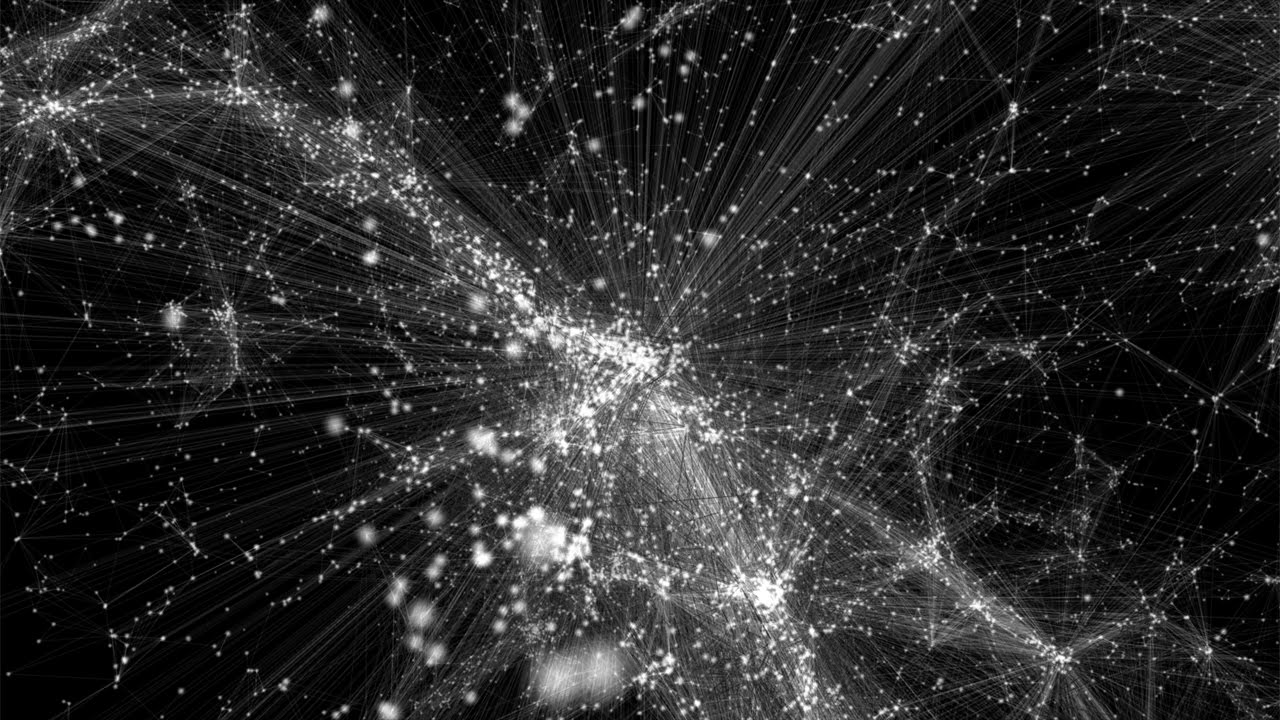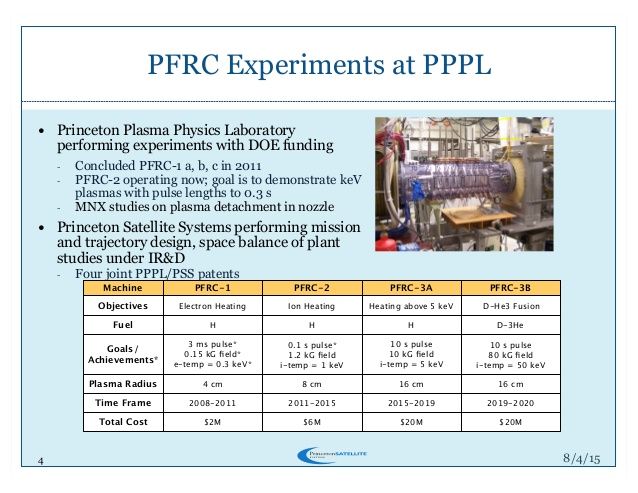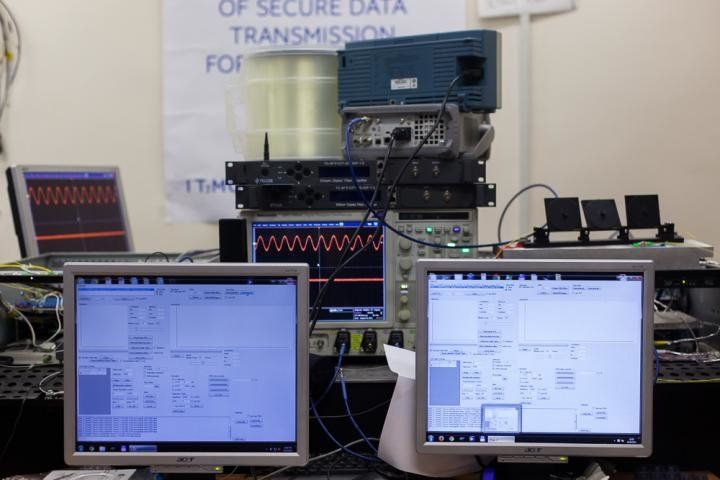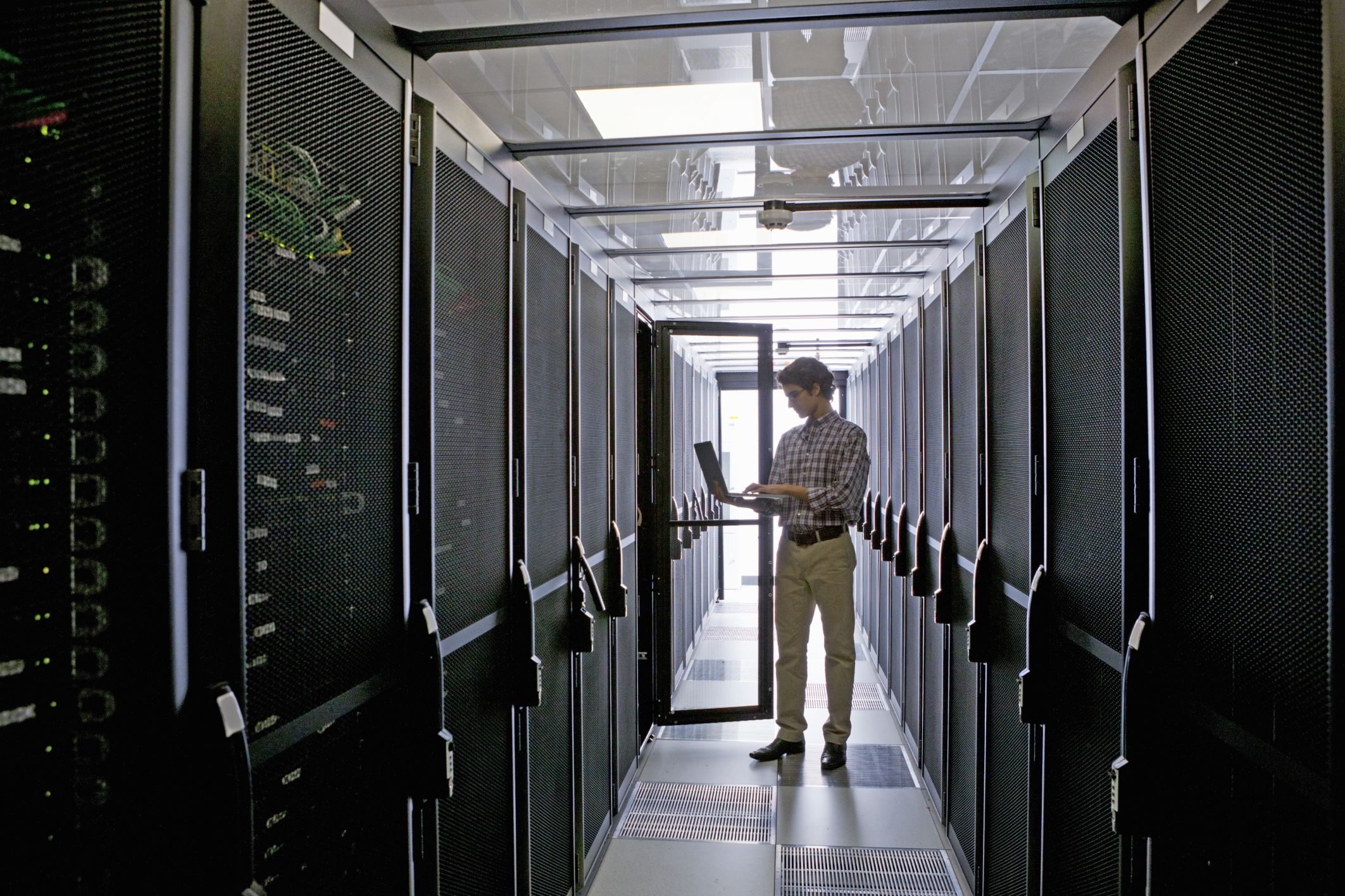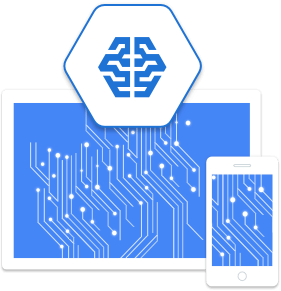Ever notice how maps of the large structures of the Universe look like maps of the brain or a Pollock painting?
On the grandest scale, our universe is a network of galaxies tied together by the force of gravity. Cosmic Web, a new effort led by cosmologists and designers at Northeastern’s Center for Complex Network Research, offers a roadmap toward understanding how all of those tremendous clusters of stars connect—and the visualizations are stunning.
The images below show us several hypothetical architectures for our universe, built from data on 24,000 galaxies. By varying the construction algorithm, the researchers have designed cosmic webs that link up in a number of different ways; based on the size, proximity, and relative velocities of individual galaxies. I call it God View.
“Before, the cosmic web was more like a metaphor,” Kim Albrecht, the designer behind the new visualizations told Gizmodo. “This is the first time somebody has made these calculations and thought about it as an actual network.”
